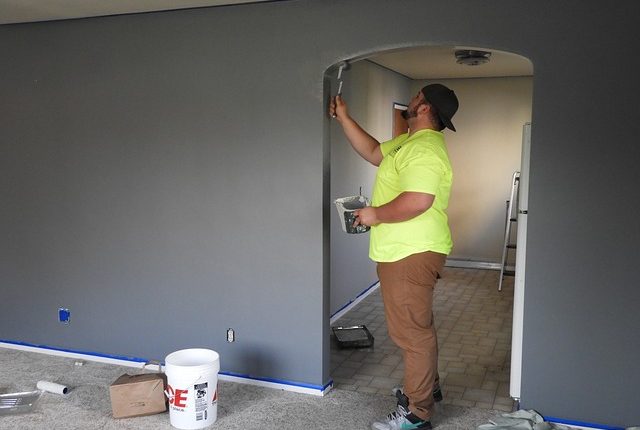Home Improvement Dos And Don’ts You Need To Know
Home improvement jobs do not necessarily mean a lot of stress and hassle. Improvement projects can be done within budget and time constraints with a little planning. Keep reading for more ideas on how to do a great job improving your home.
If you are purchasing a house, make sure to enlist a professional home inspector. You will not have to depend on your own judgement and what the seller is trying to tell you. Hiring an inspector is a great way to keep arguments about what needs to be fixed to a minimum.
Weather stripping installed around doors and windows can make your home energy efficient. Hardware stores feature this fix relatively cheap, and it seals air in and out, thus boosting the effectiveness of your home’s heating and cooling. You won’t experience drafts on cool, breezy nights, either.
Before any home improvement, consider the overall character of your neighborhood. Adding classic Victorian details to your home would look out of place in a neighborhood with Cape Cod homes. If your remodel blends in with the other homes, your chances will be greater of selling your home in the future.
If you’re out of space in the kitchen, try a microwave which goes over the stove range. These microwaves replace the hood of the range and are available in many price ranges, depending on the features desired. They are great for making all types of foods. This can change the way you cook forever.
Building Materials
Use the area between the rafters of your ceiling and the joists of your floor for storing building materials. A little effort goes a long way and you can store sections of molding and other longer building materials out of your way. Just hammer some furring strips in place across a pair of exposed joists and slide in what you want to store.
Prudent advance planning is the key to successful home improvement work. If you wait until you start, you can run into a disaster because you did not plan. When you plan well in advance, your work will be accomplished with much greater ease and efficiency.
It’s unfortunate, but it’s normal for chair caning to start sagging after a while. There’s an easy trick you can use to tighten up chair caning without expending a lot of effort. All you need to do is run a wet sponge along the bottom of the chair’s sagging caning. Be sure the water you use is warm. Let it dry overnight. Repeat this process until you know the caning is repaired to the fullest extent.
Free up some space on your nightstands and end tables by choosing a floor lamp instead of a table lamp. Floor lamps stand upright and you can move them around, but table lamps just take up space. There are many unique and interesting lamps to choose from.
To help you stay on top of home improvement projects, start a budget for repairs, upgrades and other house-related expenses. You will be able to keep your home in better condition if you allot a reasonable amount for home repairs. Any money leftover after repairs can go into savings for large home improvements the following year.
When you improve your home, a smart homeowner spends on fixtures and materials instead of nice decor. When the selling process of a home is complete, furnishings and decor go with the homeowner. Durable, attractive fixtures stay in place and add greatly to the sale price of the home.
Making improvements to a home can be aesthetically pleasing and they create monetary worth, too. Repairs done to a house can help save money over the long haul. Making a home more livable and more valuable is easily possible for homeowners who are prepared to put in work above and beyond these minimum necessities. In order to get such benefits for your own home, add more to your fund of home improvement knowledge!


Comments are closed.